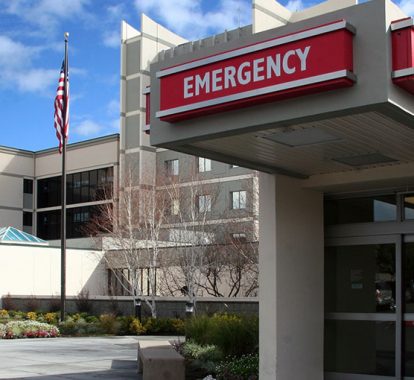Maybe you tripped on a step on your way into work and you can’t put weight on your swollen ankle. Perhaps you awoke in the middle of the night with stomach pain, or your child spiked a fever on Saturday night and your physician’s office is closed.
Urgent care clinics help fill a vital gap when you become sick or injured, but your regular doctor is not available and you can’t wait for an appointment. That’s when many people search for urgent care near me to find trusted medical help.
Texas MedClinic urgent care provides walk-in, extended-hour medical care for minor to moderate illnesses and injuries. Cuts, fractures, broken bones, allergies, stomach aches, headaches, rashes, fever, or flu—we can provide treatment and get you on the road to healing.








